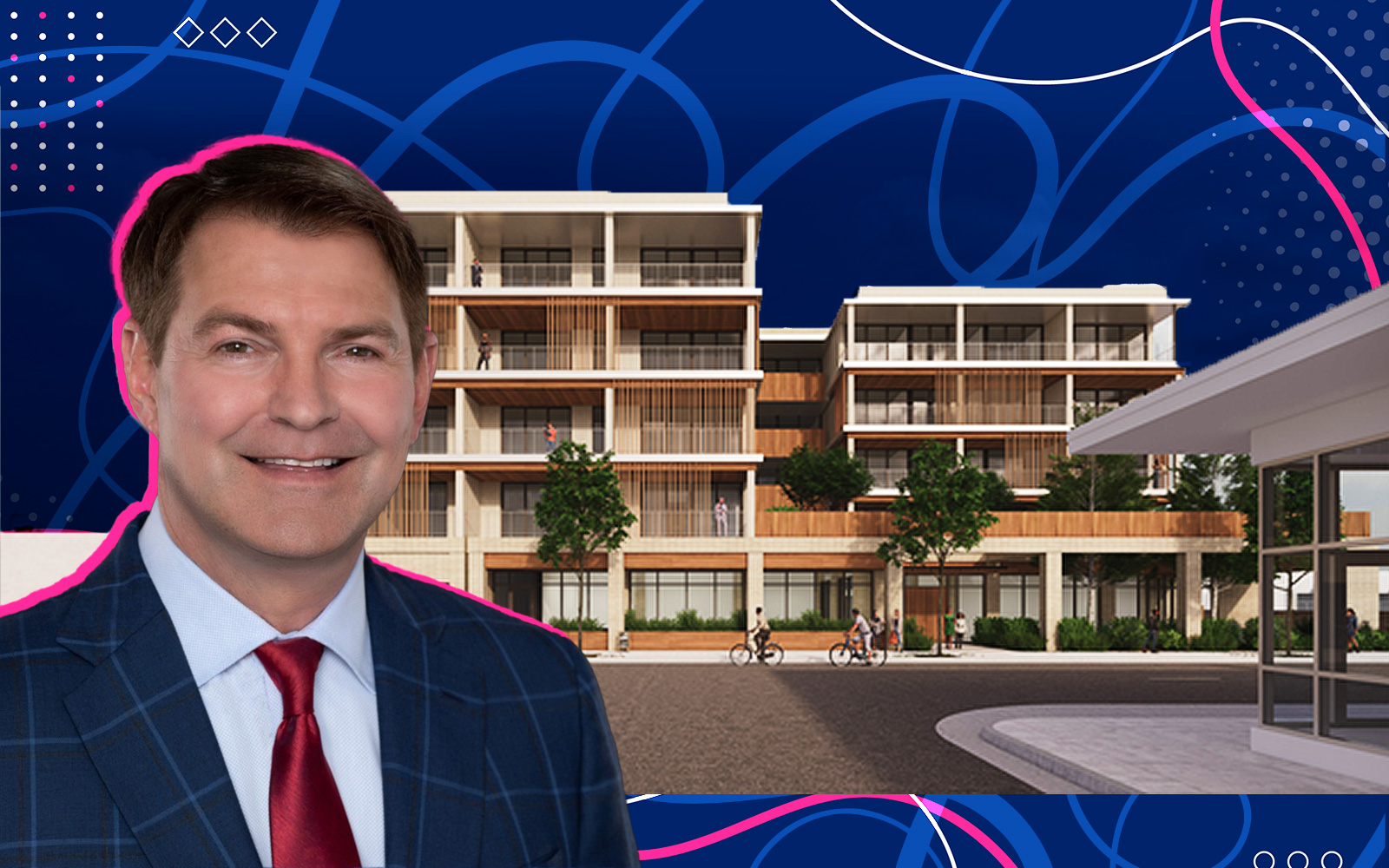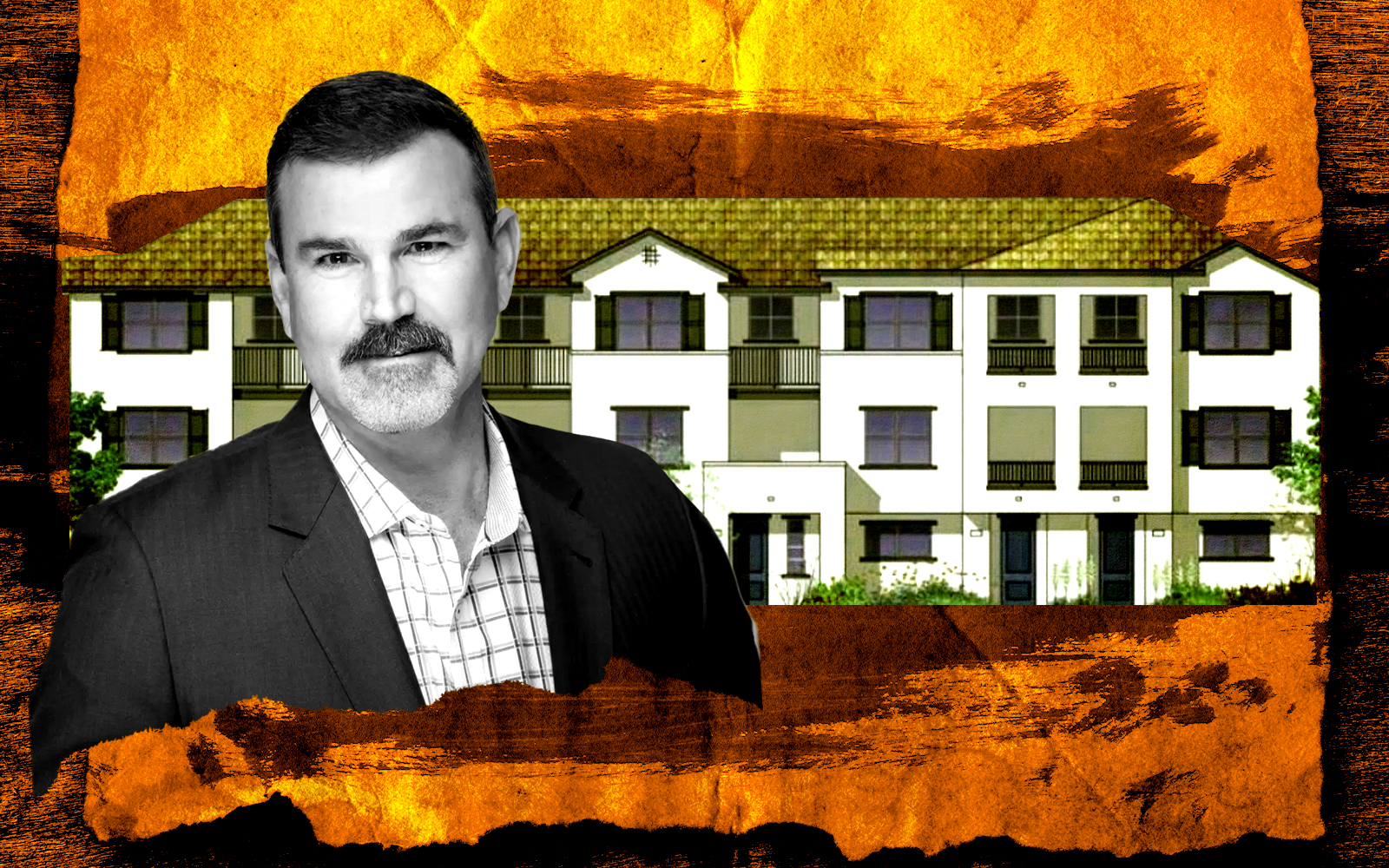A Southern California-based firm has filed an application invoking builder’s remedy for 350 units in Palo Alto, according to SF Yimby. The proposal is the third largest project in the Bay Area that has invoked the legal provision.
The so-far–untested provision within the 1990s Housing Accountability Act allows developers automatic approval of their projects in cities that don’t have a housing plan, formally called a housing element, with the state. To qualify, a project must designate at least 20 percent of its units for affordable housing or 100 percent for moderate income housing.
Juno Realty Partners filed the application, which is an entity managed by former Hines Managing Director John Favreau. The site is located at 3997 Fabian Way and will rise 87 feet and span 489,000 square feet. Unit sizes will average 8 square feet with 92 studios, 156 one bedrooms, and 102 two bedrooms. Of the 350 apartments, 70 will be designated as affordable to low-income households.
Initial plans for the project were a five story, 290-unit building. At the time, local officials were concerned that the building was too tall for the neighborhood. Now they might have to concede to a taller structure without any say.
Juno Realty’s project isn’t the first proposal using the provision in Palo Alto. Locally-based Peninsula Land & Capital has filed a builder’s remedy application for 45 condominiums with nine being affordable.
Palo Alto has conceded that it is subject to builder’s remedy.
“Until the city has adopted a new Housing Element compliant with state law, it cannot deny certain qualifying housing projects regardless of their non-compliance with zoning standards or the comprehensive plan,” the city said in a statement regarding the condo project.
This is in stark contrast to cities such as Atherton and Sonoma who claim that they are not subject to any such provision and are prepared to challenge the state’s authority.
The Bay Area cities are not experiencing the same level builder’s remedy frenzy as those in southern California. So far, around a half-dozen cities in the Bay Area have had applications filed under the provision. Whereas down south, the number of cities is above 25.
Read more



